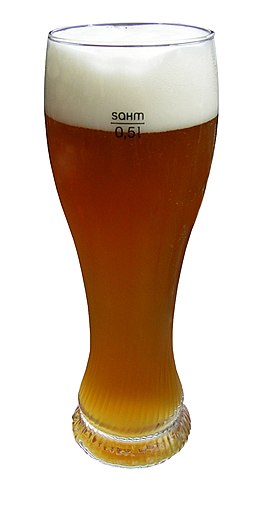Logarithm
If we write
\[x^2 = 121\]
it is obvious that we find \(x\) by taking the square root of 121, but what if the exponent is unknown?
\[2^x = 8\]
The unknown value of the exponent is called the logarithm, in this example the logarithm of 8 to base 2. We write it like this:
\[x = \log_2{8}\]
In general, the solution of the equation \(a^x = c\) is called the logarithm of \(c\) to base \(a\).
\[a^x = c\]
\[x = \log_a{c}\]
Remember that the logarithm is the value of the exponent that you are looking for.
Note that no value of x satisfies the equation \(a^x = 0\). This implies that we must clarify in which cases the logarithm is undefined. The term from which the logarithm is taken must be greater than \(0\). For example, the domain of the function
\[f(x) = \log_{10}{(x-3)}\]
is defined by
\[x-3>0\]
\[x>3\]
The logarithm to base 10 is very common and therefore has its own notation:
\[\log_{10}{a}=\lg{a}\]
It is known as the decadic or decimal logarithm or simply the common logarithm.
Another special case is the logarithm to base \(e\). The irrational number \(e\) is named after the Swiss mathematician Leonard Euler and its value lies close to \(2.71828…\). This logarithm is called the natural logarithm and also has its own notation:
\[\log_e{a}=\ln{a}\]
The natural logarithm plays an important role in growth and decay processes as they occur in nature, e.g. bacterial growth and radioactive decay.
Logarithmic calculations
Dividing logarithms which have the same base changes the base of the logarithm:
\[\frac{\lg{a}}{\lg{b}}=\log_b{a}\]
If your pocket calculator or calculator app only knows decadic and natural logarithms you can use this transformation formula to calculate the logarithm to any base:
\[\log_b{a}=\frac{\lg{a}}{\lg{b}}=\frac{\ln{a}}{\ln{b}}\]
In essence, the calculation rules do not deviate from the exponential calculation rules. Remember that logarithms represent the flip side of exponential calculation, so to say.
An important rule makes it possible to transform exponents into factors, which will be of use when solving exponential equations:
\[\lg{(a^b)}=b\cdot\lg{a}\]
This is equally valid when the exponent is a quotient:
\[\lg{(a^{\frac{m}{n}})}=\frac{m}{n}\cdot\lg{a}\]
The logarithm of a product is easy to determine with the product rule:
\[\lg{(a\cdot{b})}=\lg{a}+\lg{b}\]
For quotients, we have the quotient rule:
\[\lg(\frac{a}{b})=\lg{a}-\lg{b}\]
Logarithms in nature
A logarithmic spiral or growth spiral is a spiral curve for which the distance to its center point increases by a constant factor on every turn.
Examples can be found in nature, for instance the growth of mollusk shells or patterns of floret growth.
Natural logarithms play an important role in growth and decay processes, such as bacterial culture growth or radioactive decay.
An everyday example for some people is the decay of a beer head (Jürgen Brück, Mathematik für jedermann, Compact Verlag München 2009).
The law of beer foam decay is:
\[\ln{V}=\ln{V_0}-k\cdot{t}\]
\(V\)is the actual foam volume, \(V_0\) is the initial volume, \(t\) is the time variable and \(k\) is a decay constant. The foam of an excellent beer should have a half-life of more than 110 seconds. Good beers are between 91 and 110 seconds and a half-life between 71 and 90 seconds is generally considered acceptable.



